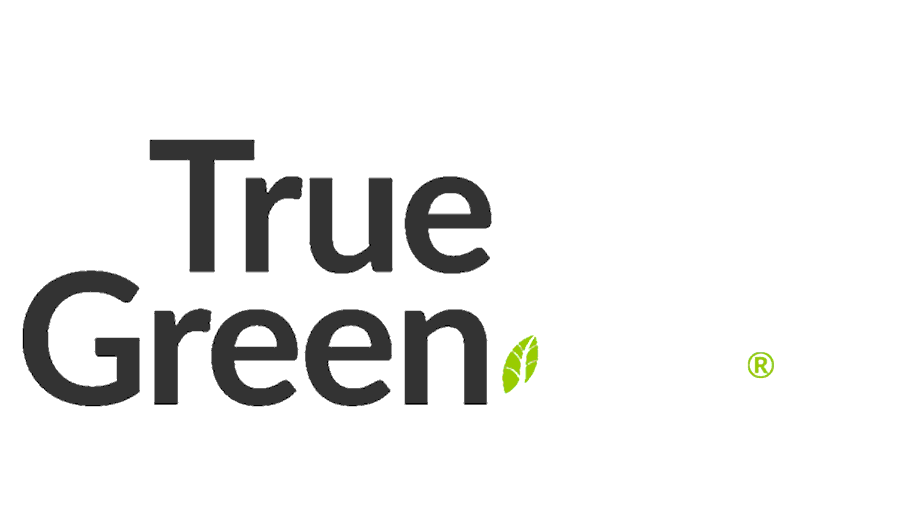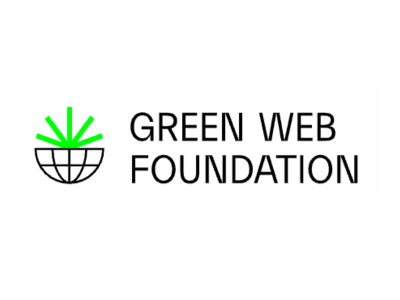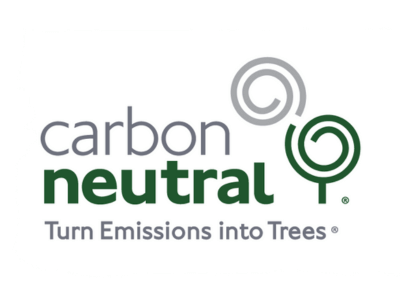What is web hosting?
Okay, imagine you’re a kangaroo, and you want to share pictures of your cute little joey with the world. But where do you keep those pictures? That’s where web hosting comes in.
Think of it like a little burrow in the ground where you can store all your website’s data, like those precious joey pics.
And just like how a kangaroo needs to use its legs to hop around, a web hosting server needs the power to share that data with the world and keep things running smoothly.
Read on below to find out how web hosting and getting online works. A lot of moving parts come together to make the process easier for you and your business.
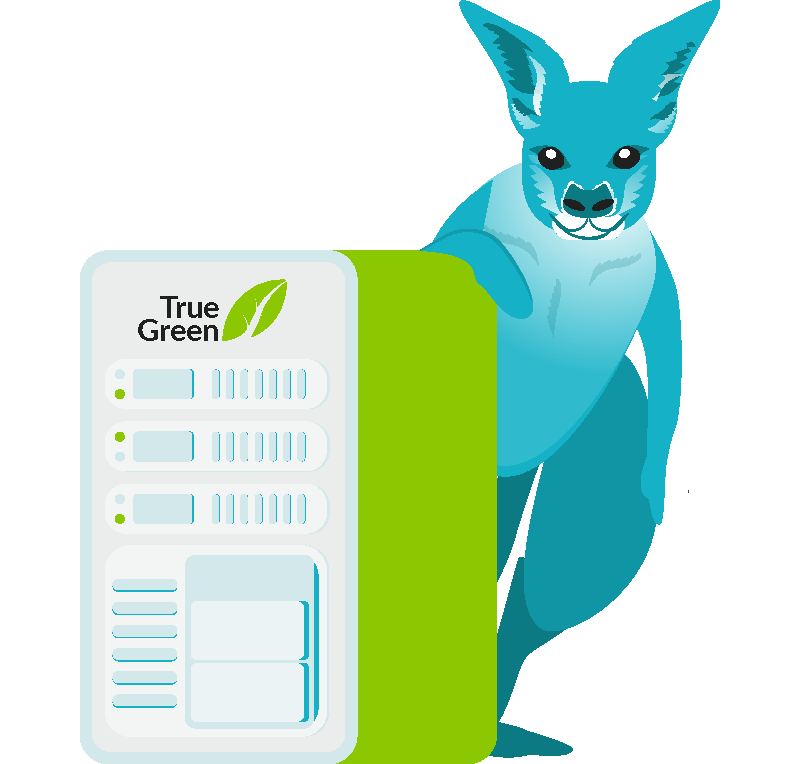
How web hosting works
The best way to understand web hosting and its moving parts is to consider it a home.
For a more detailed look at everything to consider, view our web hosting guide.
-
Domain (letterbox): To show off your brand or business, you need to start with a domain name.
It's like your letterbox. The domain will allow you to display your web address as something easy to remember. It converts technical numbers like an Internet Protocol (IP) address into language your customers understand. -
Domain nameserver (property owner): Your domain gets connected based on the domain nameserver option you choose or update. The nameserver (DNS) for your domain determines where you need to update your domain records.
For example, if you are using our free Domain Management tool, your nameserver will point to a generic set of records. Whereas, if you're using Cloudflare for example, you'll notice the nameserver includes Cloudflare in the name. You can also try Googling the nameserver name to find out where you should update your records or contact our team. -
Zone records (your map to get there): The domain zone records tell the World Wide Web where your services are located. For example, your email and your website may be with different providers.
So the only way for the internet to know this is through these records. Sometimes you may also need zone records to confirm that you own a domain before taking an action or using a service e.g. Google search console. -
Web Host (your home and valuables): Your house that keeps all your items (files, images, content, etc) together is your web host.
It's separate from your domain and zone records. A web host is needed so that your materials can be shown online. The web host holds these files together, may also run security for you with a built-in firewall or software, and will do its best to keep your website online 99% of the time. -
Email hosting (your telephone): allows you to message others using your professional domain name. So, all your messages coming in and out are handled by your email hosting.
You may also have spam filters that help block unwanted hackers or messages. It's best to use cloud-based hosting separate from your web hosting service to ensure your emails deliver well. - Technical support (family/friend): Unless you have a computer degree, you probably don't know the ins and outs of technology. So having a reliable support channel helps when you get stuck. Choosing a hosting company that has 24/7 support is critical to keeping your brand online. It can also help for when things go pear shaped.
-
Firewall and security (home alarm system): Most web hosts charge extra for extra layers of protection that keep unwanted guests from entering your website or files. The reason is that software can be expensive, and sometimes it's about money for them too.
Depending on your business, you may choose different options for firewalls and security.
For those who want extra peace of mind, we have Security Plus, which partners with Sucuri to add enterprise-grade security and monitoring of server files. For everyone else, we use Monarx security. Security Plus also provides rapid and personalised malware clean-ups, which most web hosts do not offer.
What step are you up to?
Choose one of the options below to get your online needs sorted.

I need to search for a new domain (web address) to get online.
Or I’m ready to move my domain to you.

I need cloud based email hosting to send messages.
Or I’m ready to switch email hosts.
I’m ready to build my dream website.
Or move my existing website hosting to you.
What is Web Hosting FAQs
In most cases, you’ll need to buy web hosting if you want to stand out as a brand or business online.
While some free options like WordPress.com exist, there are limits to what you get and most customers do not like seeing ads on websites they do business with.
What a web host provides may differ slightly from each provider.
Typically a web host will give you:
- Access to a backend or cPanel environment so that you or your developer can upload files, content or create a website.
- Server infrastructure that holds your website files and content in a physical format, linked with a data centre.
- Gives you information on how much storage (disk space) and bandwidth (traffic flows) you have.
- Some form of customer or technical support so you can reach them if things go wrong.
- Let you know of updates or changes in the hosting environment.
- Alert you if the hosting server is down or needs maintenance.
- May provide you with tools or software you can use to create your website or store your content.
A good web host service should go beyond the basics.
Things to look out for include:
- Reliable infrastructure: your website should enjoy 99% uptime, using tier 3 data centres.
- 24/7 support: a minimum standard because you want to make sure you can get help when you need.
- Daily back-ups: your web host should back up your data in case things go sour.
- Knowledgebase: hosts that provide articles to self serve show that they care about making things easier.
- Customer portal: you should have full control over your service and be able to view and manage billing.
- Security protection: a good web host should provide more than the minimal security tools.
- Hosted locally: your data is best secured in Australia and can load faster too.
Managed Hosting typically means that there is a software or service that helps to update your website or server.
If it’s about WordPress, it is usually to do with plugins and software version updates. WordPress relies on updates to stay secure and to keep running smoothly.
For example, the WP Toolkit can automate this for you.
Some web hosts or providers may also offer a care or maintenance plan, that manually makes updates to your website.
VPS stands for Virtual Private Server and can also be referred to as dedicated hosting.
VPS Hosting allows you to host multiple websites onto one server, and is usually setup by agencies or web developers to look after their client websites.
A VPS Hosting or dedicated server requires maintenance and regular audits to ensure that the server is running at an optimal performance level. This can contribute to more expenses ranging from $200 to $1000 dollars a month.
Cloud hosting uses a network of servers to get your content on the web.
The cloud environment is highly scalable, in that you can add more resources without needing to shut down the main server environment.
And it usually comes with more than one server level, so if one goes down – another kicks in before you know it.
Shared hosting on the other hand is a low cost solution whereby providers add multiple websites to the same server. This is budget conscious but if not done correctly, can also lead to issues where one sites problems can sink into others on the network.
True Green® uses cloud based hosting for our websites and email services to ensure reliability and security.
Your website or email hosting should be hosted locally if you want to take advantage of the security, reliability and speed of the service.
While there are Content Delivery Networks (CDNs) which can help to improve load time for a server further away, it’s still best practice to have your service on a local server where your customer base is.
Web hosts in Australia have to comply with local laws and your data is not subject to an overseas country, except for international shared laws such as those related to crime or misuse.
Web Hosting space usually means disk space (storage).
It’s the amount of files you can have on your web hosting or email hosting plan.
Some providers may claim they offer unlimited disk space or storage. However, hidden away in their terms and conditions you’ll find there are limits.
These limits may not be obvious as they can also slow down the performance or load time of your website.
SquareSpace, Wix and Weebly are software as a service (SAAS) that include hosting built-in to their product offering.
So you cannot purchase web hosting for these solutions.
You can however, purchase your domain name and email hosting separate to your website.
How web hosting contributes to climate change

Water
Data centres need cooling 24/7, using billions of litres of water, a dirty industry secret.

Electricity usage
Australia’s coal power use leads to a larger carbon footprint than New Zealand’s 81% renewable energy use in 2021.

E-waste
Tech waste is problematic at various levels: data centres, the tech industry, and individuals dumping devices.
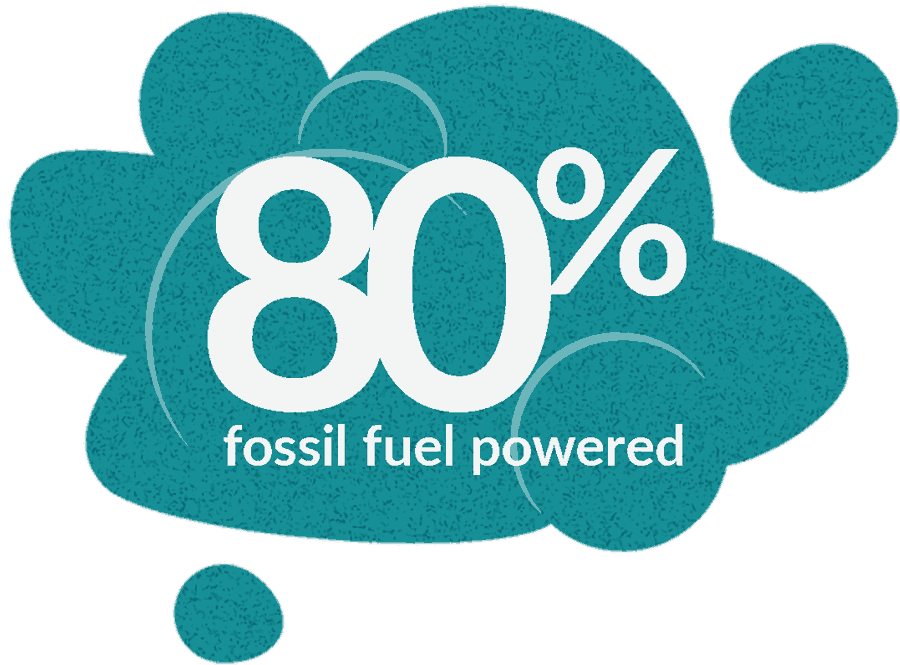
Data centres generate heat and CO2, contributing to climate change. While some low-carbon sources of power exist, around 80% of global power comes from fossil fuels.

How much power do we need to use for the internet?
Internet power needed per year:
Total global energy usage:
Estimated energy usage by 2025:
What does that mean when we look at how much CO2 the internet actually creates?
When it comes to the output each year from that energy use, around 300 million tonnes of CO2 are generated from internet usage worldwide.
The average website can produce 211kg of CO2 each year! According to the EPA that equates to more than 26,000 smartphones being charged.
Every email you send can add to your footprint and having old emails sitting in your inbox also contributes to this. It’s like having a heap of old letters in your house, the more you have the more space you need – and space on the internet costs energy.
To boil that down even further, around 2% – 3% of global carbon emissions come from the internet.
